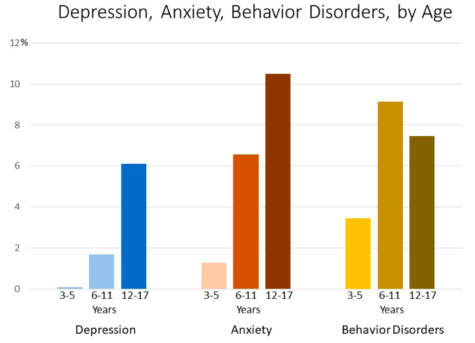Anxiety and depression are taking a toll on students
Students mental health affects their performance in school. Often times they lose motivation to even log into their classes. “I try not to neglect my personal priorities.” (Fabio Bernardino)
March 15, 2021
According to the Anxiety and Depression Association of America an anxiety disorder is the most common mental illness in the United States. People who have anxiety disorders are usually also diagnosed with depression. Some of Don Lugo’s students are struggling with these health issues due to the lack of socialization which resulted from the COVID-19 mandated quarantine.
Angel Pineda, a senior who has struggled with anxiety, depression, and other mental health issues from a young age, says that when quarantine began their, “depression and anxiety were declining rapidly.” They feel that “being indoors all day negatively affects a person’s well-being.” This led to Angel losing motivation to even get out of bed on certain days.
These mental health struggles have taken a toll on student’s personal lives especially in their academics. Angel is an example of this phenomenon and they go on to explain that school adds a lot of pressure which leads them to feeling worse. Especially when it comes to academics.
Another senior, Fabio Bernardino, says, “anxiety has always been an issue I deal with.” He explains, “I find myself staying up late and waking up early in attempt to reduce the work load from my classes.” With anxiety being an issue, he rarely finds time for himself because “there’s always something to be done.”
Angel and Fabio are not alone in this struggle. A poll taken of 41 local high school students finds that 76% (31 teens) of them struggle with anxiety and or depression. The CDC reports, “7.1% of children aged 3-17 years (approximately 4.4 million) have diagnosed anxiety and 3.2% of children aged 3-17 years (approximately 1.9 million) have diagnosed depression.”

The International Board of Credentialing and Continuing Education Standards states that “Depression and anxiety affect all areas of an individual’s well-being including sleep, diet, mental and physical health, self esteem, social interaction, and academic performance.” Anxiety and Depression are more than just mental disorders. They can consume a person’s well-being and lead to dire circumstances.
According to kidshealth.org, “Young people with mental health problems — such as anxiety, depression, bipolar disorder, or insomnia — are at higher risk for suicidal thoughts.” Resources should be made easily accessible for people who are struggling. Teens oftentimes do not seek help and statistics reveal, “…teens with mental health needs, 70 percent do not receive the care they need.”
Mental health topics should not be a taboo subject. More and more people on social media are raising awareness to inform people about these serious issues that need to be addressed. Lots of people share the same value of coming together as a community to provide support for their peers along with resources to let them know that they are not alone.






